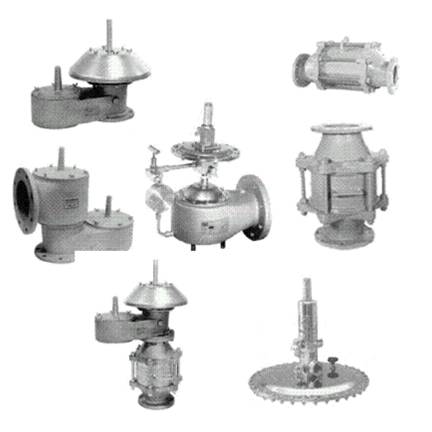
Incident Report Subject: Fire Code Requirements for Venting of Flammable and Combustible Liquid Storage Tanks: Date of Email report: Fri 11/03/2011 Report Detail:
STI Tank Talk (March 2011 edition) : Author: Jeff Shapiro, PE, ICC FSFPE The two predominant model fire codes in the United States are the International Fire Code (IFC), published by the International Code Council (ICC) and NFPA 1, published by the National Fire Protection Association (NFPA). Both of these codes contain regulations that govern the storage of flammable and combustible liquids. In the case of NFPA 1, the regulations are copied from NFPA's Flammable and Combustible Liquids Code, NFPA 30, and in the case of the IFC, the regulations are developed by the ICC but tend to be consistent with NFPA codes, which in turn rely heavily on nationally recognized standards that govern tank construction and tank venting including:
Tank venting is a complex subject that relies on the expertise of tank and vent manufacturers, testing laboratories, mechanical engineers who may be charged with designing vent piping extensions, product specialists who must be familiar with the properties of stored liquids, and the local authority having jurisdiction who is charged with interpretation and enforcement of code requirements. Accordingly, the answers offered in this article are general in nature and should not be used in the absence of qualified experts responsible for overseeing the design and installation of tank vents. With this background in mind, the following is a collection of commonly asked questions and answers associated with fire code requirements for venting of flammable and combustible liquid storage tanks. Additional Documentation: |

